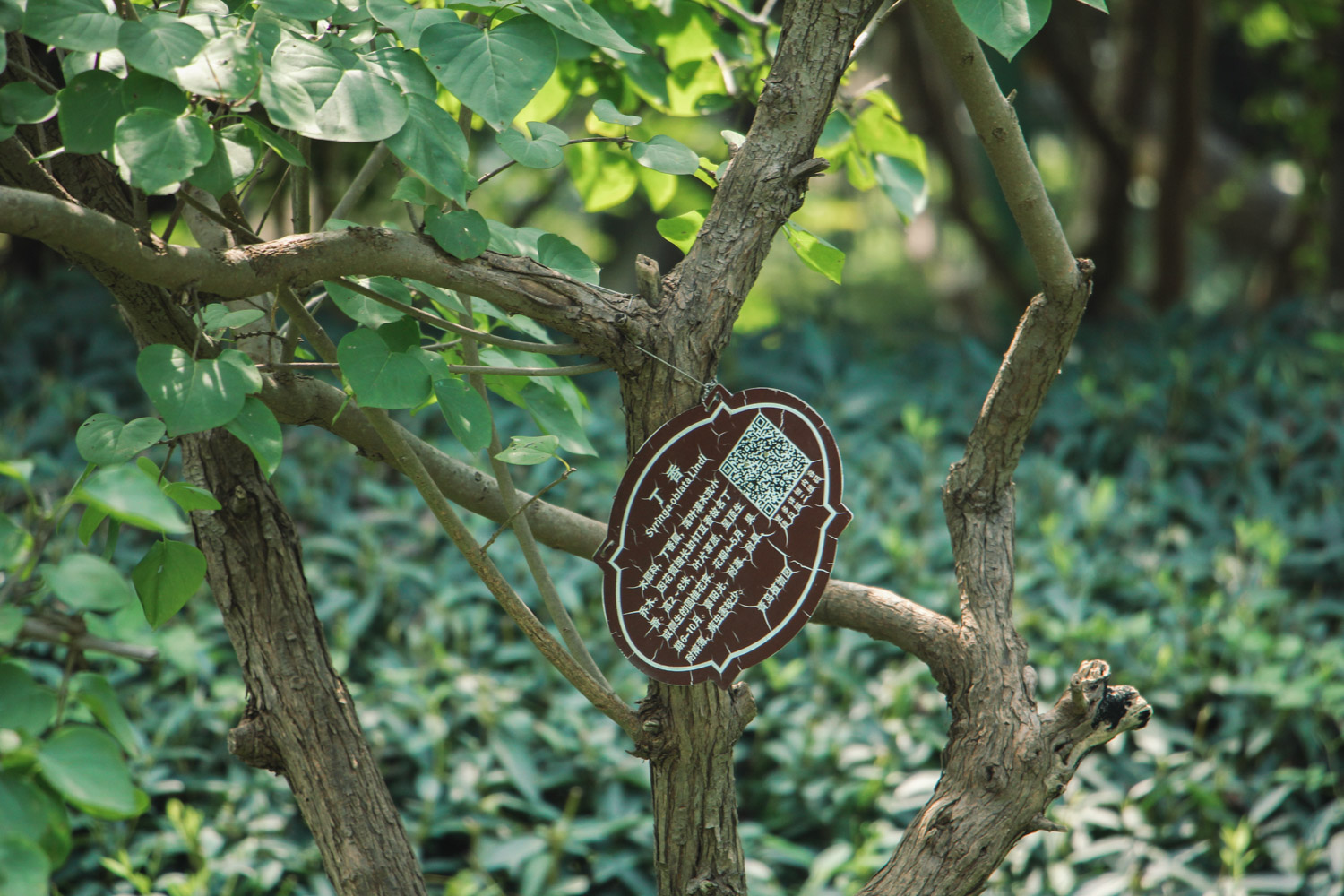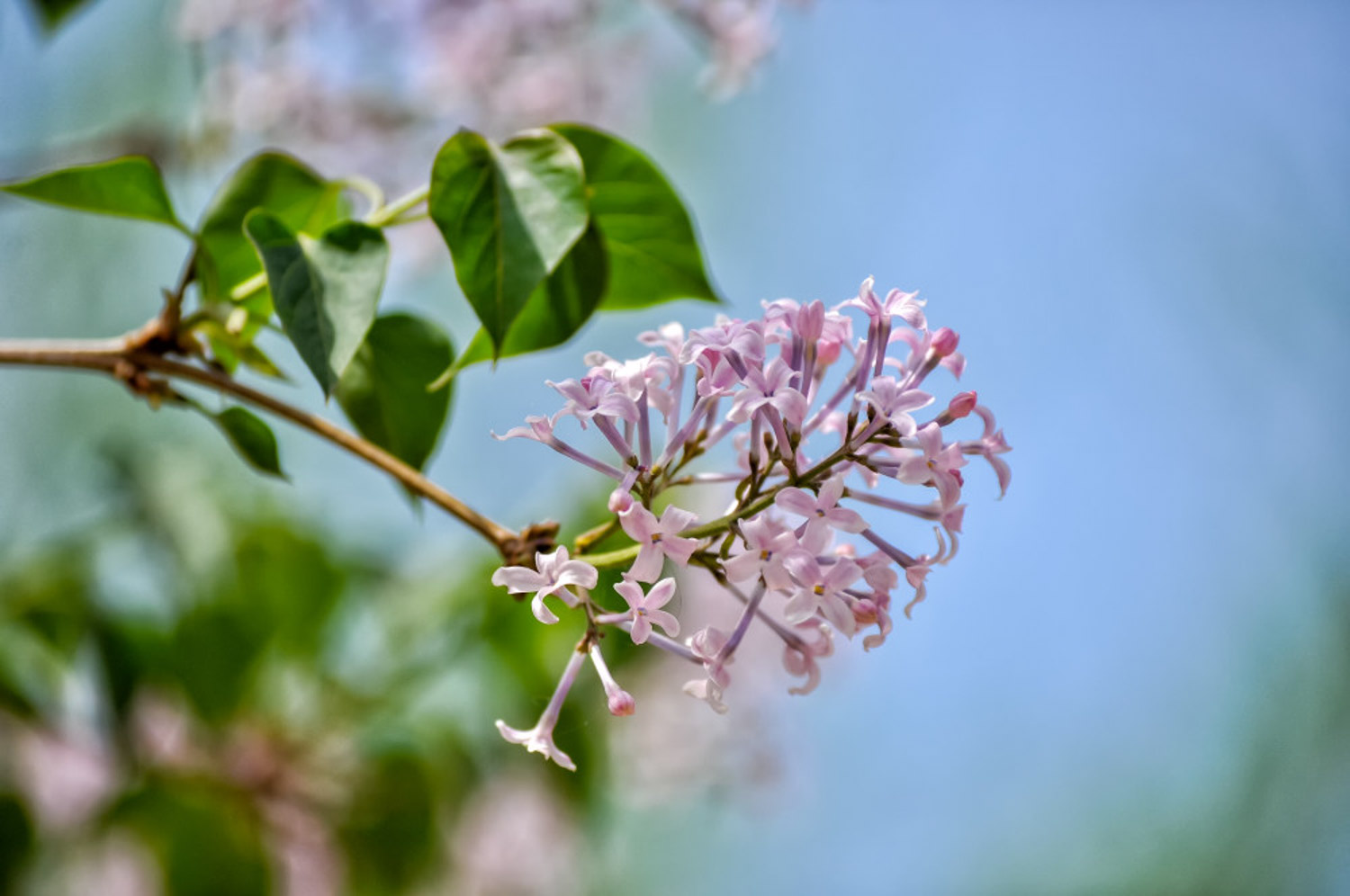1、 Germs
Its blackening is mainly caused by a pathogen, which is a Pseudomonas. It looks like a rod. One or two flagella grow on one side, and it can swim in the water without capsule. Moreover, its metabolic type is respiratory, and its requirements for nutrition are not very high. As long as there are simple organic compounds and some inorganic salts, it can grow very fast

2、 Propagation law
Generally, this kind of thing spends the winter on the diseased branches and leaves. When the temperature and humidity are suitable for it in the second year, it can carry out fission and reproduction. In addition, its transmission and invasion depend on water, so it can develop rapidly in a humid environment
Therefore, in low places or places with more rain, cloves are easy to get sick, and their leaves are easy to turn black. But in general, purple is more difficult to get sick than white

3、 Improvement method
There are two general ways to improve, one is gardening, and the second way is to treat with drugs
1. To solve the problem from the aspect of horticulture is to fundamentally solve the problem, that is, do not plant it in a relatively low place, so that there will be no ponding. In addition, if it rains, we still need to drain the rain in time. When introducing seedlings, we should make a good inspection, and we can't get the diseased plants in
2. Through drugs to treat, generally we use Bordeaux liquid. At the beginning, the spray is 0.1% to 1.0%. Of course, there are some other reagents, such as xiaojunling. In addition, we can sprinkle some bleach or sulfur powder under the bush


 how many times do yo...
how many times do yo... how many planted tre...
how many planted tre... how many pine trees ...
how many pine trees ... how many pecan trees...
how many pecan trees... how many plants comp...
how many plants comp... how many plants can ...
how many plants can ... how many plants and ...
how many plants and ... how many pepper plan...
how many pepper plan...





























